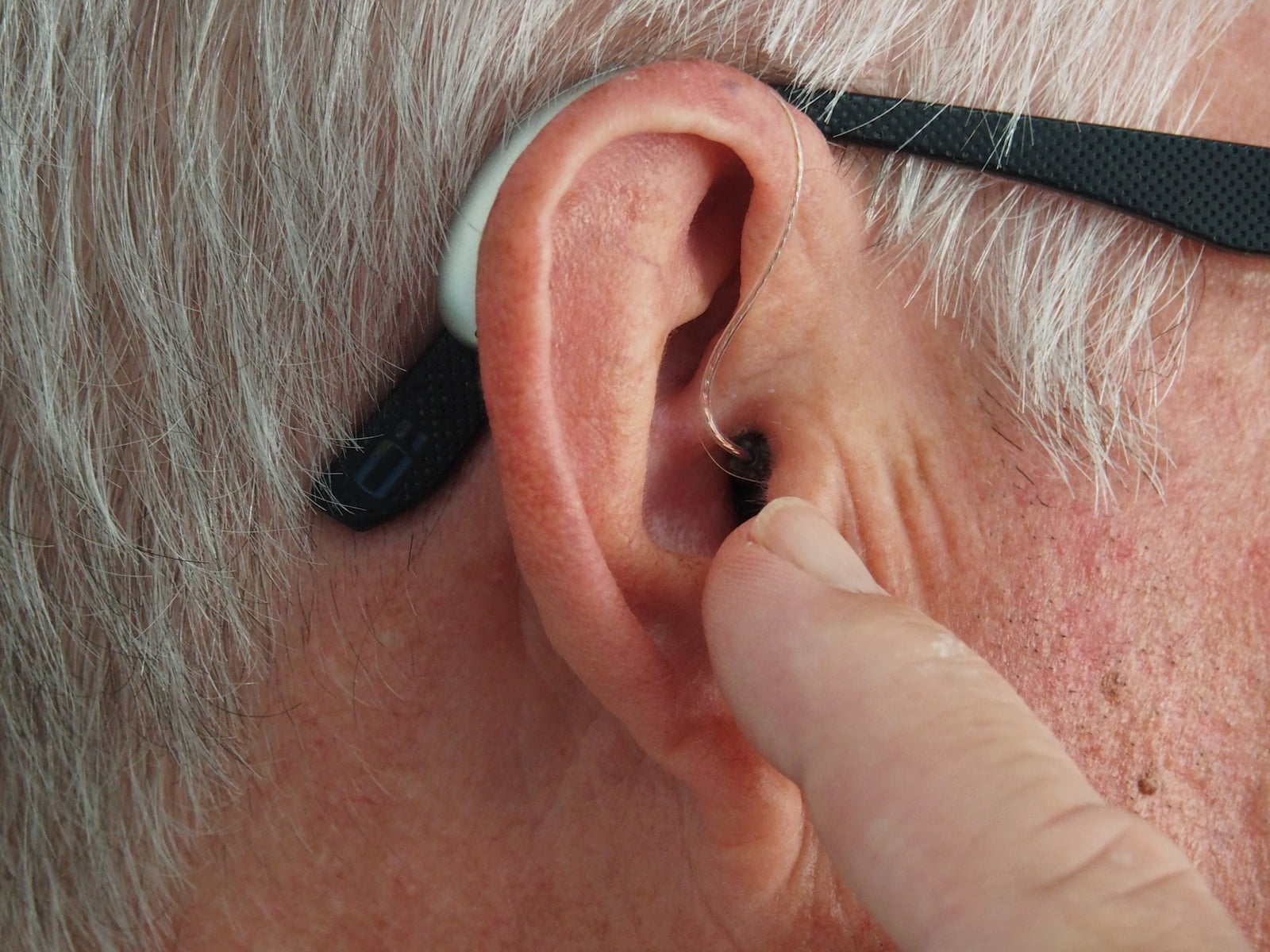
Microsuction is an advanced technique used in the field of healthcare to remove earwax and other debris or foreign objects from the ear canal. With rapid developments in technology, microsuction techniques have advanced, revolutionising the way we approach ear care. In this article, we will explore the latest developments in microsuction techniques and how they are shaping the future of care.
Before delving into the innovations, let’s first understand the concept of microsuction. Microsuction is a minimally invasive procedure that involves the use of a suction device to remove earwax and foreign objects from the ear canal. Unlike traditional ear cleaning methods that use water irrigation or ear syringes, microsuction offers a safer and more efficient way to clean the ears.
Microsuction has gained popularity among healthcare professionals and patients alike due to its numerous benefits. These benefits include:
The field of microsuction is continuously evolving, with ongoing research and technological advancements. Here are some notable innovations that are shaping the future of care:
Traditionally, reusable metal tips were utilised in microsuction procedures. However, with the growing concern for infection control, disposable suction tips have gained popularity. These single-use tips are hygienic and eliminate the risk of cross-contamination between patients. The use of disposable suction tips ensures a safe and sterile procedure, reducing the chances of infections or complications.
Microsuction techniques have embraced the use of microscopes and high-resolution cameras. These tools provide enhanced visualisation and allow healthcare professionals to accurately assess the condition of the ear canal. The images obtained can be shared with patients, facilitating better understanding and patient engagement in their own care. This visual feedback helps patients comprehend the need for the procedure and allows for informed decision-making.
Additionally, high-resolution cameras enable healthcare professionals to document and monitor the progress of the treatment. This documentation serves as a valuable resource for future reference and research purposes.
Innovative companies have developed suction devices specifically designed for microsuction procedures. These devices offer improved control, precision, and suction power, enabling healthcare professionals to perform the procedure with greater ease and effectiveness. Customised suction devices often come with adjustable settings, allowing healthcare professionals to tailor the suction power according to individual patient needs. This customisation ensures optimal cleaning while minimising discomfort for the patient.
Automation has revolutionised many industries, and microsuction is no exception. Automated suction systems have been developed to streamline the procedure, ensuring consistency and reducing the reliance on manual techniques. These systems offer preset parameters, enabling healthcare professionals to deliver precise suction without variation. Automated suction systems not only save time but also enhance the overall efficiency of the procedure, allowing healthcare professionals to focus on patient care and accurate cleaning.
Innovations in microsuction techniques also extend beyond the procedure itself. Healthcare facilities are recognising the importance of creating patient-friendly environments for ear care. Comfortable waiting areas, state-of-the-art equipment, and friendly staff enhance the overall experience, making patients feel at ease during their microsuction procedures. This patient-centric approach ensures a positive and stress-free experience, leading to better patient satisfaction and improved outcomes.
With the rapid pace of technological advancements and ongoing research, the future of microsuction holds immense promise. Here are some potential developments to look forward to:
In conclusion, the innovations in microsuction techniques are reshaping the future of ear care. With improved safety, accuracy, and patient comfort, microsuction continues to evolve as an effective and efficient method for removing earwax and debris. As technology advances further, we can expect even more exciting developments that will transform the way we approach ear care and enhance patient outcomes. The potential integration of nanotechnology, artificial intelligence, remote monitoring, and minimal intervention techniques holds great promise for the future of microsuction and the overall well-being of patients.
On many occasions after providing a full hearing assessment I get asked the question “can…
Microsuction is a safe and effective method for removing earwax and debris from the ear…
Ear wax, also known as cerumen, is a substance that is naturally produced by our…
Ear wax, or cerumen, is a natural substance produced by the ear canal to protect…
Cleaning our ears is an important part of our personal hygiene routine. It not only…
Earwax, also known as cerumen, is a natural substance produced by the ear canal to…
This website uses cookies.